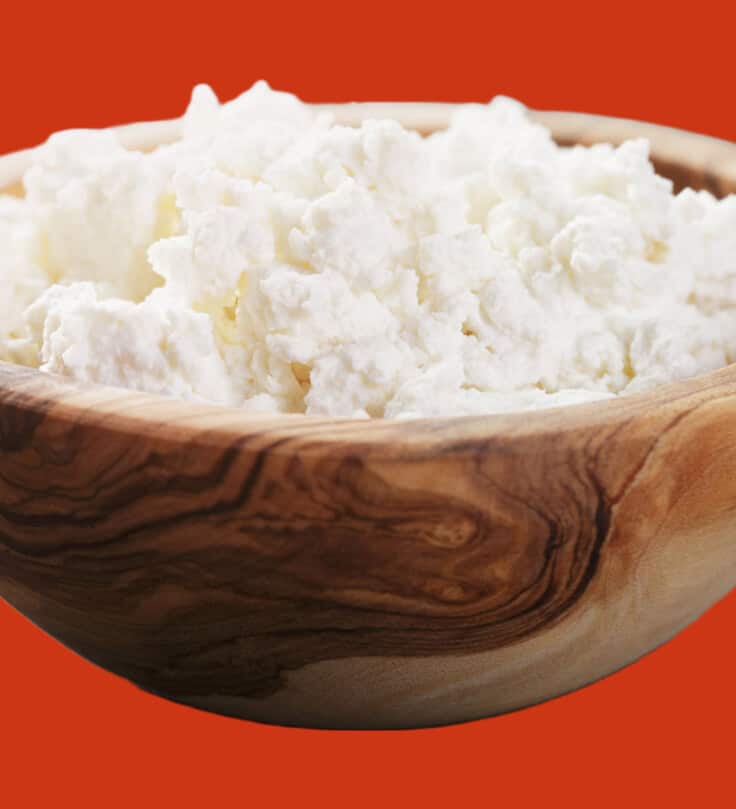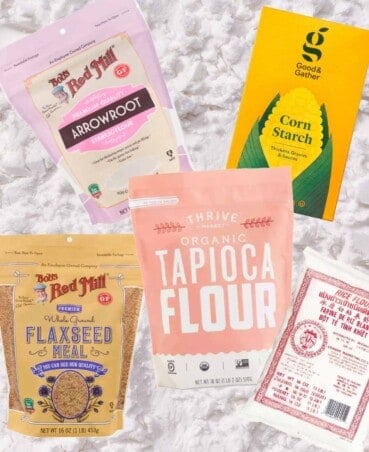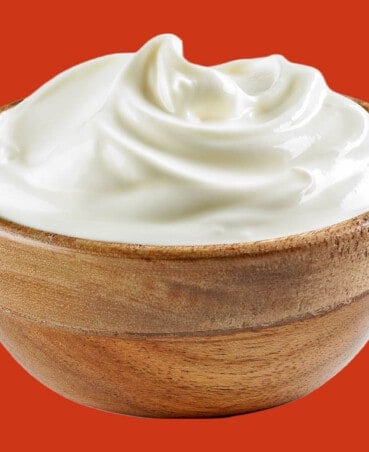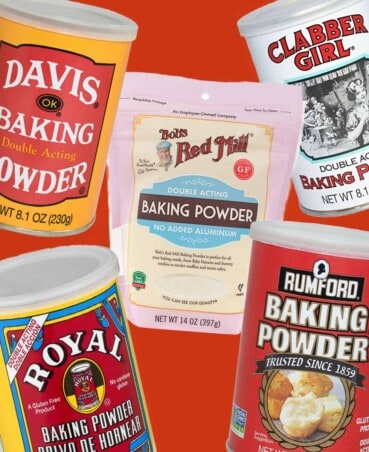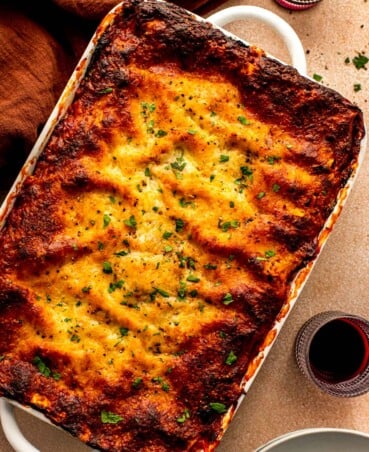Forget to grab ricotta at the grocery store? Or is your grocery store out of ricotta cheese? No problem, we’ve got a substitute for ricotta cheese no matter the dish you’re making!
Ricotta is a creamy Italian cheese traditionally made from the whey that is leftover from cheese making. It can be made from cow, goat, sheep, or water buffalo milk. It is truly the star in a classic lasagna that adds the rich, creamy factor we all love about lasagna.
Ricotta is also a delicious and creamy filling for ravioli and other filled pastas. If you’ve run out, can’t find ricotta, or simply need a different option–we’ve got you covered with many excellent substitutes. But first, we’ve gotta have a quick lesson on the basics of ricotta.
How is Ricotta Made?
Ricotta is made in a traditional method of cheese making—milk is separated into curds and whey. The curds are pressed into cheese and aged to varying degrees. Ricotta is a way to utilize the leftover liquid whey.
Ricotta, in Italian, translates to re-cooked. The leftover whey is curdled again with vinegar or another source of acid. Then, it is strained with cheesecloth. The result is a light, fluffy, and spreadable cheese with a slightly grainy texture.
When looking for a substitute, the best options are dairy-based ones that can deliver the creamy and rich, yet light texture of ricotta.
Top 6 Substitutes for Ricotta
There are many options that can take the place of ricotta if you’re in a pinch, or simply want a different option. Let’s start with the substitutes that are the most similar to ricotta and our best-bet substitutes for ricotta!
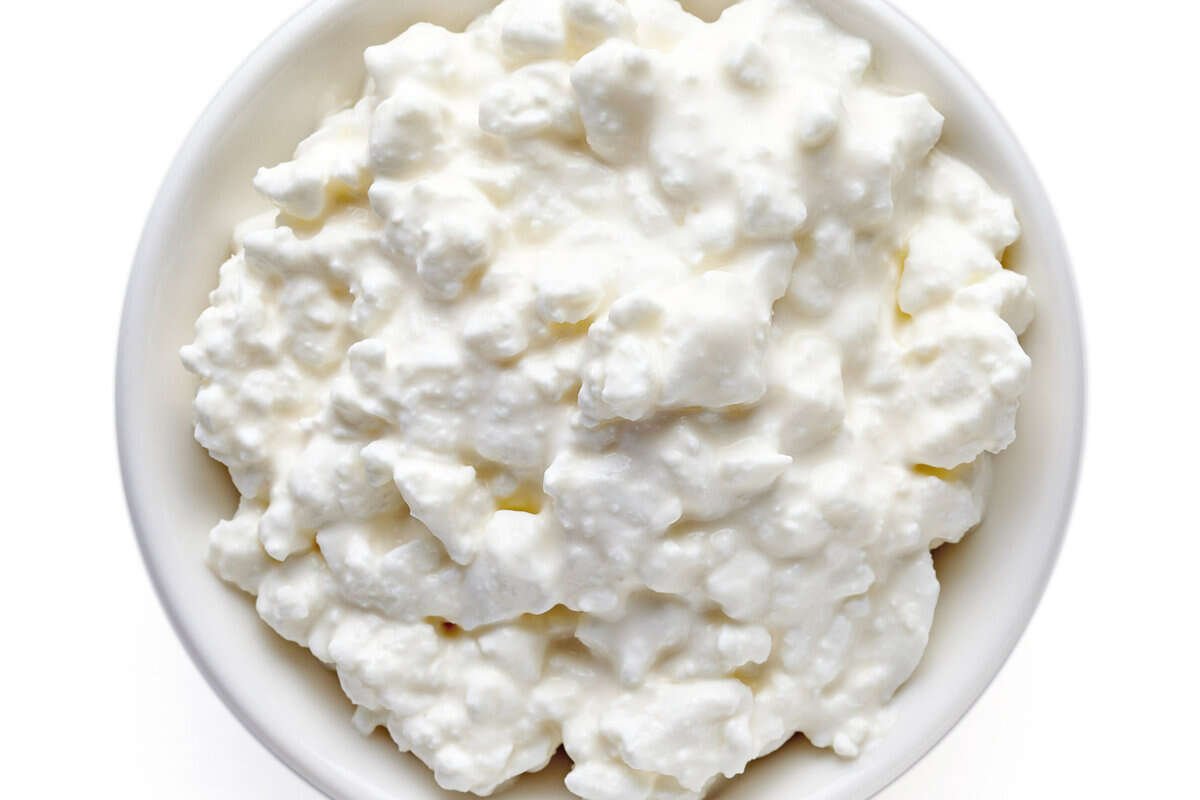
1. Cottage Cheese
Our first substitute for ricotta cheese is cottage cheese. Cottage cheese is by far the best substitute for ricotta cheese. In fact, many lasagna recipes call for a combination of ricotta and cottage cheese—so simply use all cottage cheese instead! It’s a fresh cheese made by a similar process to ricotta.
We recommend you opt for a small curd cottage cheese to get closest to the fine grain texture of ricotta. A 2% or whole milk cottage cheese will also have the best creamy texture. Low fat or fat free cottage cheese can work too, but will be more watery in texture.
If desired you can blend cottage cheese for a smoother texture. Simply blend it in a blender or food processor and by giving it a few quick pulses.
When to use it: Cottage cheese is the ideal substitute for just about every type of recipe that uses ricotta.
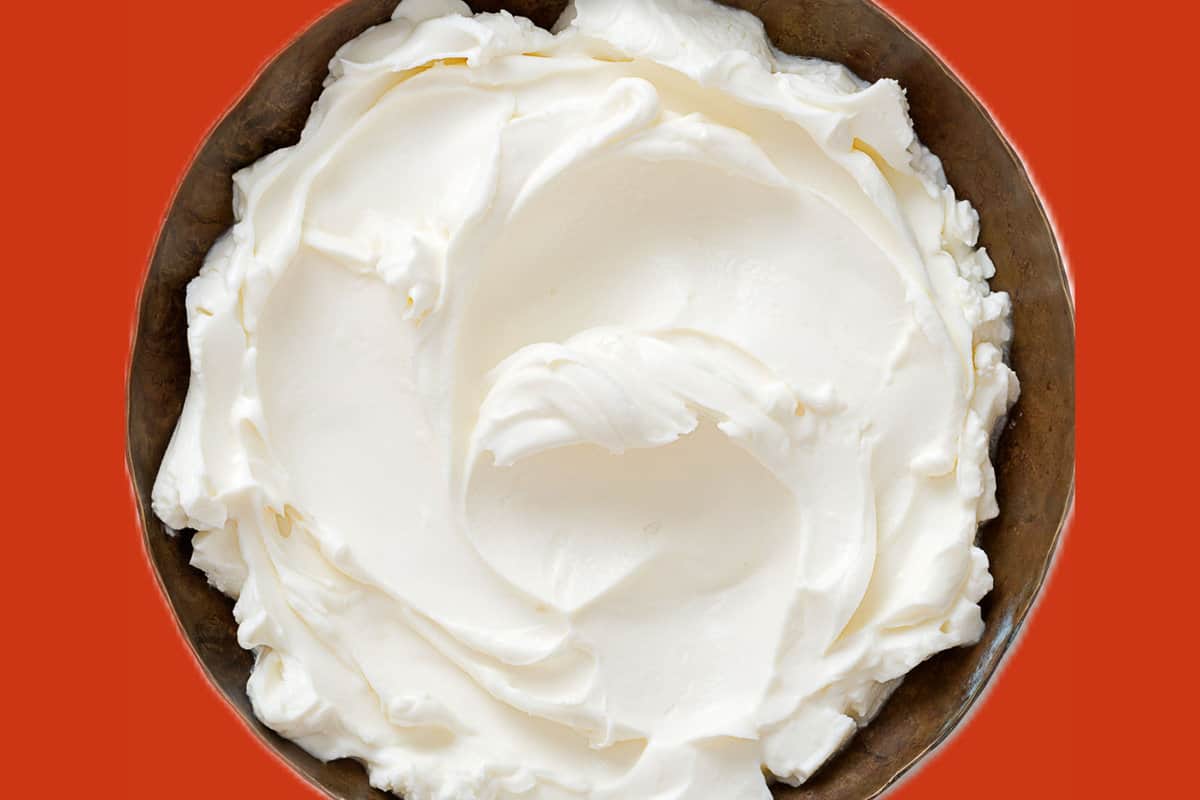
2. Cream Cheese
Cream cheese has a more dense texture than ricotta, but can work great as well as a substitute for ricotta cheese. We recommend you blend it or even whip it up with a hand mixer with a small amount of milk to achieve a smoother and lighter texture.
When to use it: Cream cheese is a great option for baked goods or some appetizers, but not ideal for your Italian pasta favorites.
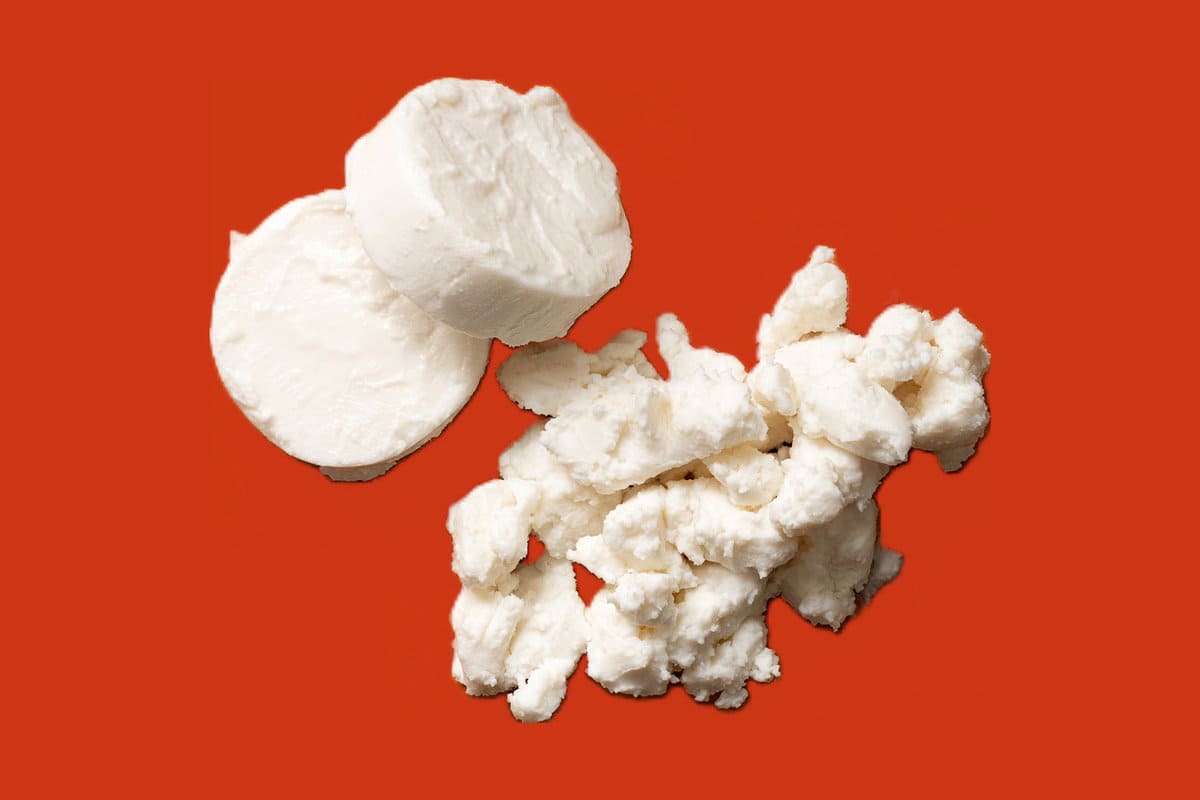
3. Fresh Goat Cheese
Goat cheese is another soft cheese that has a great creamy texture and can be used in place of ricotta cheese. Afterall, ricotta is sometimes made with goat’s milk. Goat cheese does have a stronger tangy flavor that works best in savory dishes.
Be sure to choose fresh goat cheese (also known as chevre), not aged, and without any additional flavorings.
When to use it: This is an excellent substitute for bite-sized appetizer, dips and spreads.
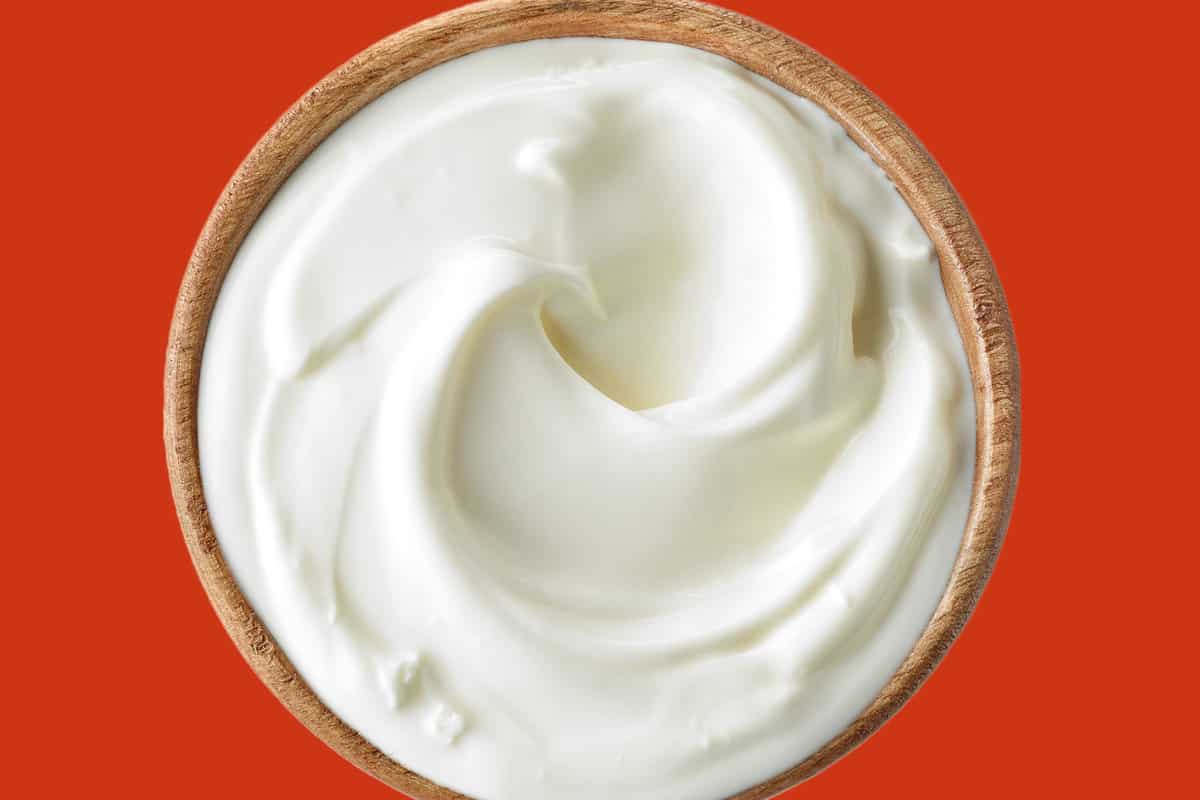
4. Sour Cream
The thick and creamy texture of sour cream works well as a ricotta substitute. It is not a cheese and has a slightly tangy flavor, but is overall mild in flavor.
When to use it: It does not hold up in a similar manner to ricotta in cooked dishes, so sour cream is a substitute best used in cold recipes.
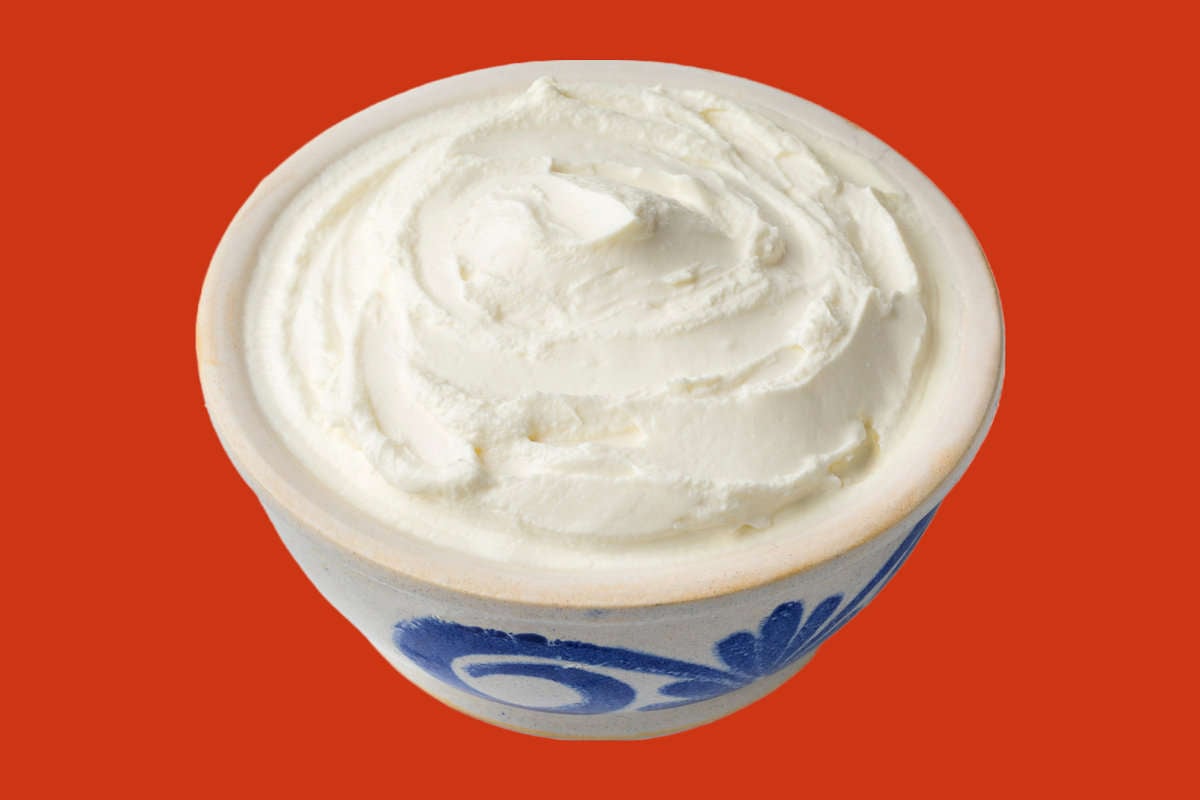
5. Fromage Blanc
Fromage blanc is of French origin and not as common in the US, but can be a great substitute for ricotta. It is a soft cheese as well, but has a smooth texture as compared to the grainy texture of ricotta.
When to use it: Overall it is a great option to swap for ricotta in cold dishes if it is available to you.
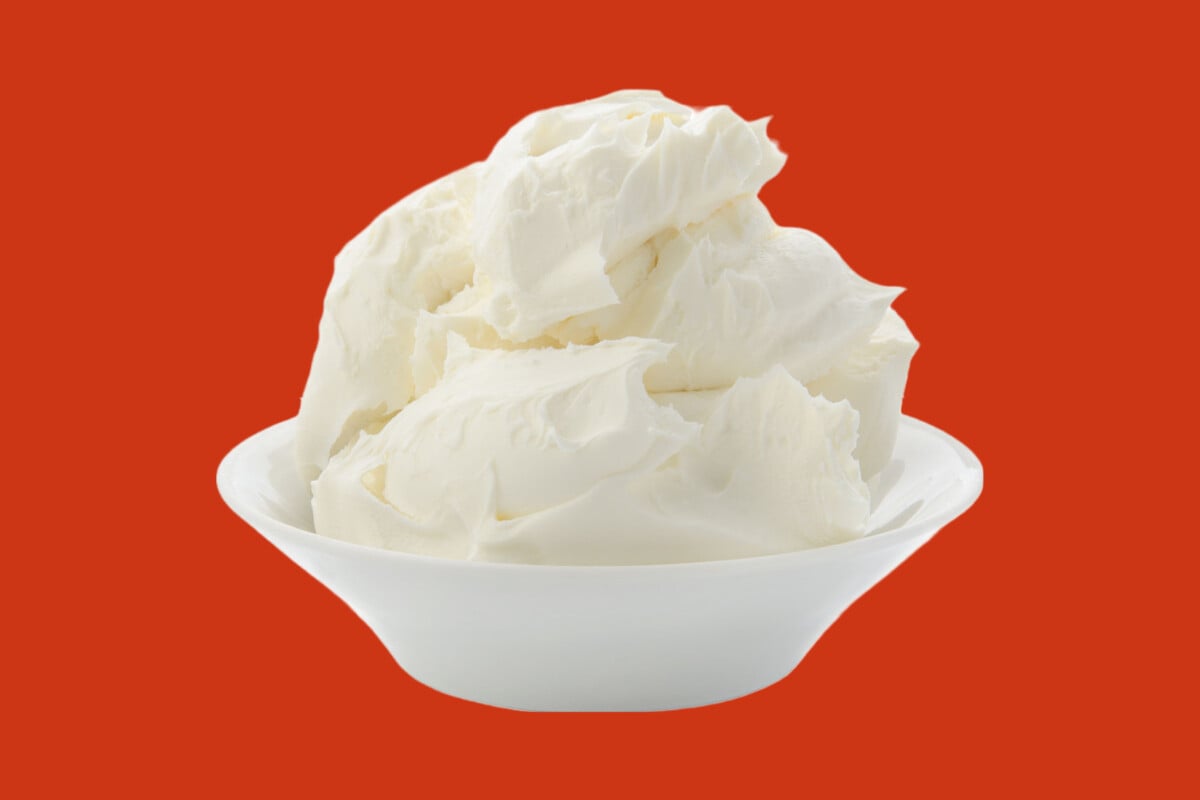
6. Mascarpone
Mascarpone cheese is also an Italian soft cheese that is extra rich and creamy. It has a higher fat content compared to ricotta as it is made with cream instead of milk.
To offset the richness of mascarpone, it can be thinned out with milk before used in your recipe.
When to use it: mascarpone balances well with other strong flavors in a recipe and is an excellent substitute in savory Italian dishes. Cut it with either sour cream, yogurt, or cottage cheese if you don’t want all the richness of mascarpone.
Other Substitution Options
If none of the top 6 substitutes work for you, we have a whole different list of suggestions that can also work in the place of ricotta! Consider your recipe and what you have available to make a swap for ricotta.
- Queso Fresco: A fresh cheese common in Mexico, it goes well in hot and cold dishes.
- Paneer: Paneer is a soft cheese common in India. It is more firm in texture, but can be crumbled to resemble the grainy texture of ricotta.
- Clabber Cream: Think of clabber cream as a thicker version of crème fraîche with a tangier flavor profile. It can work well as a topping, spread, or dip in place of ricotta.
- Soft Mozzarella: A soft mozzarella, such as burrata, could be used as a replacement in Italian pasta dishes. It melts well and particularly the creamy, inner layer of burrata has a texture similar to ricotta.
- Brousse: This artisan cheese from France is also a whey cheese with a grainy texture. It is an excellent substitute, but not as commonly available in the US.
- Greek Yogurt: Traditional Greek yogurt has a thick and creamy texture and could be a ricotta substitute in desserts and baked goods. If you find it is too thin, try straining the yogurt (to make labneh) to remove additional water.
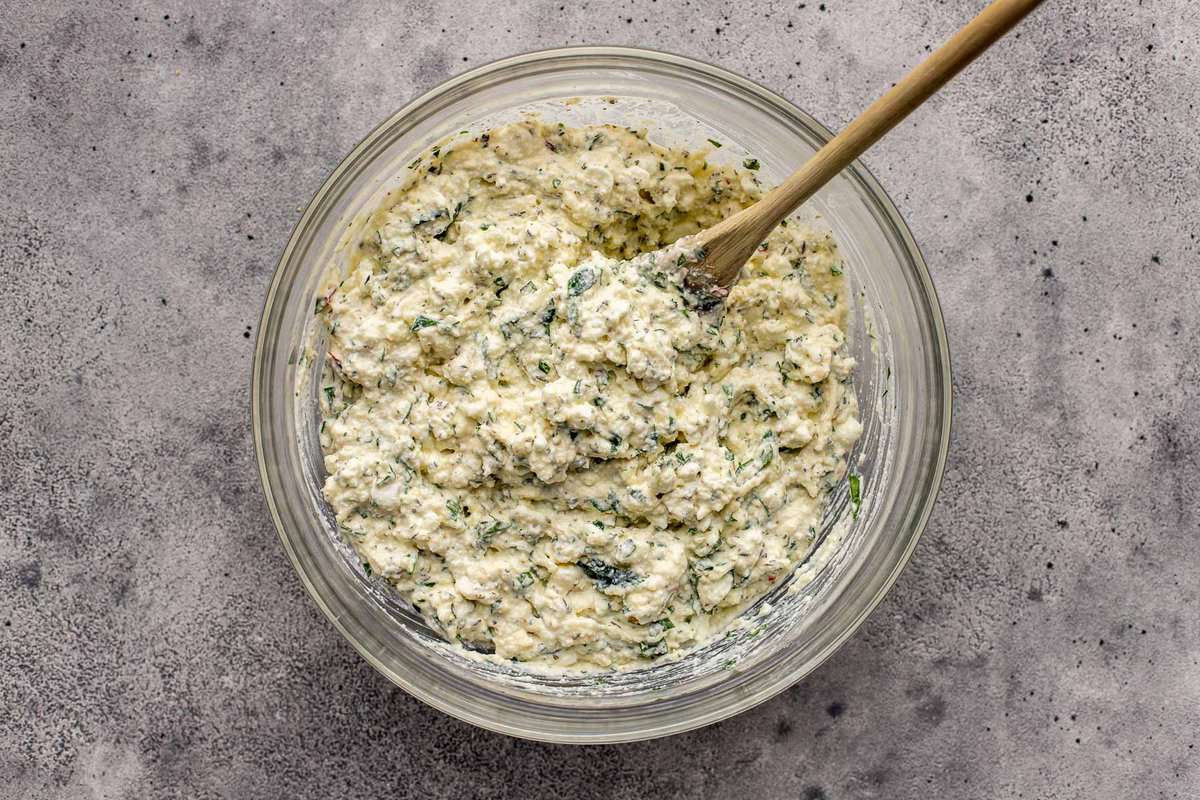
Non-Dairy Substitutions
If you’re looking for a non-dairy option to replace ricotta, here are a few suggestions:
- Tofu: This one takes a little creativity, but the combination of the creamy texture of silken tofu and a crumbly texture of firm tofu can be the perfect combo to mimic ricotta. Blend up the silken tofu for a creamy base and add in a crumbled firm tofu for the grainy texture. This swap is best used in savory dishes. New to tofu? Here’s a lesson on the different types of tofu.
- Coconut Cream: Coconut cream is a fantastic non-dairy substitute for ricotta when it comes to sweet recipes. Coconut cream is light, creamy and slightly sweet.
- Cashew cream: Cashew cream is a great vegan and non-dairy alternative to ricotta cheese. It doesn’t have the tiny curds like ricotta, but it does add fat and a lovely creaminess. We use cashew cream it in the filling for Vegan Ravioli.
You don’t need to miss out on the indulgent factor that ricotta brings to many dishes with so many substitute options!
FAQ
Their culinary uses can be similar, but cottage cheese and ricotta are made differently. Ricotta is considered a whey cheese and made by re-curdling leftover whey that is strained into a soft cheese. Cottage cheese is traditionally made by curdling whole milk with an acid source.
The result is much larger lumps and more liquid base in cottage cheese. Ricotta has a fine-grain texture that is thick and spreadable compared to cottage cheese.
Both have a mild dairy flavor. Cottage cheese is saltier, while ricotta has a slightly sweet flavor.
Ricotta is a versatile ingredient! Some other common ways you might see ricotta used:
– An ingredient for a creamy sauce
– Baked goods such as muffins, pancakes, cakes or cheesecake filling. Make ricotta pancakes by substituting ricotta in for the cottage cheese in our cottage cheese pancakes.
– A spread/dip appetizer or a specialty toast.
The grains in ricotta are small curds of cheese.
Not exactly. Ricotta holds it texture well and does not melt into a smooth or stringy texture like other cheese when heated. This is precisely why it’s perfect for recipes such as filled pastas. However, its fine texture blends well into sauces and adds creaminess.
Whole milk ricotta or part-skim ricotta are two common options available at the grocery store. The difference is simply the fat content of the milk they are made with. We recommend a whole milk ricotta for the best results in most recipes.
Recipes That Use Ricotta
Whip ricotta in the food processor then spread onto a piece of crusty bread and top with all kinds of sweet and savory toppings. This Whipped Ricotta Toast is a sweet version and perfect for brunch!
Or turn whipped ricotta into an appetizer and serve it as a dip with crostini and either chimichurri, jam, honey or a sweet-tart cranberry curd.
Our Cottage Cheese Lasagna is made with half cottage cheese and half ricotta. It’s truly the best lasagna recipe out there! If you’re looking for an all-ricotta lasagna, check out this lasagna recipe.
More Helpful Cooking Tips
Cooking Tips & Techniques
10 Cornstarch Substitutes in a Pinch
Ingredient Spotlight
Sour Cream Substitutes
Cooking Tips & Techniques
Baking Powder Substitutes
Cooking Tips & Techniques
